Supporting act: how Brian MacKay-Lyons hides his residential projects in plain sight

Canadian architect Brian MacKay-Lyons describes his smaller houses as tightly woven poems or short stories. They are part of his ongoing study of how architecture can sit within the landscape in a way that is both quiet and respectful, but also innovative and progressive. It’s a kind of ‘invisible architecture’ that MacKay-Lyons has explored to greatest effect in the setting he knows best, on the rugged east coast of Nova Scotia.
Rather like his friend and mentor Glenn Murcutt in Australia, MacKay-Lyons has established a global reputation while staying firmly rooted in his own backyard. His farm, Shobac, around an hour’s drive south-west along the coast from Halifax, is where the architect and his family have famously created an extraordinary micro-village of buildings. It is, as the architect puts it, a model shop for exploring themes and interests. The compound includes ruins of ancient shelters uncovered as MacKay-Lyons reinstated the farmland over many years, alongside restored buildings, such as a 1750s farmhouse and an 1830s schoolhouse. Then there are newer structures, including some built with students of the Ghost Lab, an architectural summer school he set up on the coastal campus.
Despite its compact scale, Shobac’s latest addition stands out and has a whole choice of names: Enough House, Gate House, Intern’s House, Shepherd’s House. With a coat of Corten steel and a graphic outline, it forms a dramatic new centrepiece among the wooden cottages. ‘Although it’s the latest piece, it looks like it might have been the first because it’s the navel of the settlement,’ says MacKay-Lyons. ‘It’s right at the centre with a very traditional form but modern materials, so there’s also this experiment in tradition and modernity. For a small building, it is loaded with meaning.’
Engineered by his daughter, Renée MacKay-Lyons, the house sits on a pedestal of concrete fins and forms a prototype for a low-cost home. It features an open-plan living space and a loft with accommodation for guests or visiting interns, recruited to help MacKay-Lyons when he is at the farm rather than his office in Halifax, which he runs in partnership with a former student, Talbot Sweetapple. ‘We began with this idea of “enough” meaning the minimum,’ MacKay-Lyons explains. ‘It has everything a house needs to have in 70 sq m. When you’re inside, you [still] experience the landscape in Technicolor – you can understand it and feel it, but it’s all done with very modest means.’
The notion of modesty lies at the heart of almost everything that MacKay-Lyons builds; his projects feel quietly bound to their surroundings rather than shouting out their presence. ‘Someone once described one of our projects as “monumentally modest”,’ says Mackay-Lyons, ‘and I like that approach, although it’s not a very fashionable way of looking at things.’
MacKay-Lyons grew up in Arcadia, Nova Scotia, which he describes as a kind of paradise. His English father also took the family back to Europe regularly; he remembers deciding to be an architect at the age of four as he wrapped his arms around one of the columns at the Roman forum. He studied at Halifax’s Dalhousie University – where he taught for many years – but also in Japan, China, California and Italy, before returning home and establishing his practice in 1985. Today, he and his wife Marilyn live on the farm, moving from one building to another depending on which one is rented out to guests. His other daughter Alison, a vet, lives in the original farmhouse; they also have a son, Matthew, who has just completed his architecture degree.
MacKay-Lyons’ most impactful buildings, such as his new Mirror Point House, always emerge from an inspirational setting. Mirror Point sits on the edge of a lake in Annapolis, Nova Scotia, and is raised up on columns to make the most of the views. The clients, Han and Jill Sikkens, live in London but wanted a holiday retreat near their family there – Jill’s father is a local scallop fisherman. ‘It is a kind of fisherman’s shack on stilts,’ says MacKay-Lyons. ‘There is a good story here: the returning daughter, the fisherman father and the three generations in one place. We had to have a place where her father could be with the kids but out of the sun, so this was the genesis of the summer kitchen and living room underneath the house.’
The house feels light, as though floating above ground. It echoes marine architecture and ship building, feeding into MacKay-Lyons’ fond childhood memories of playing in shipyards, looking up to see the vessels’ exposed wooden bellies. Vernacular traditions intersect with modern forms, which is his speciality.
‘This idea of being able to make an impact from your own backyard was an important lesson for me as a young architect,’ says MacKay-Lyons, who was recently awarded a RIBA International Fellowship. ‘I had professors who were failed European architects who told me that I was a hick. So I gave them the finger and decided that I’m going to be a really good hick. I didn’t want to be a third-rate version of those guys. I just wanted to be a first-rate hick.’
As originally featured in the May 2016 issue of Wallpaper* (W*206)
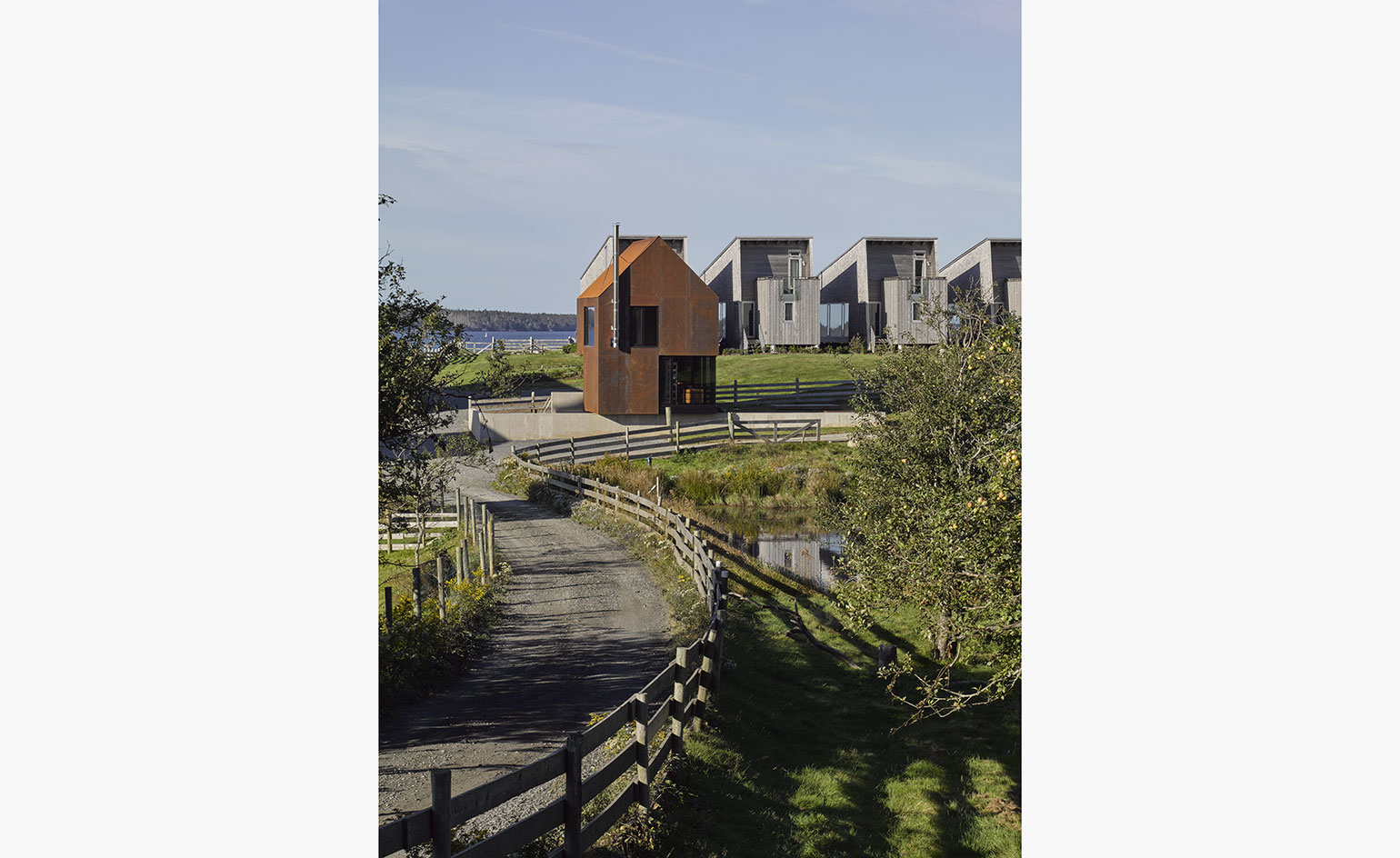
Enough House was designed for guests on MacKay-Lyons’ farm, south-west of Halifax. The simple outline was inspired by the home of a neighbour from the architect’s childhood, while also suggesting an agricultural shed

The open-plan living space at Enough House features exposed timbers and a large picture window
INFORMATION
For more information, visit MacKay-Lyons Sweetapple Architects’ website
Photography: James Brittain
Wallpaper* Newsletter
Receive our daily digest of inspiration, escapism and design stories from around the world direct to your inbox.
-
 Japan in Milan! See the highlights of Japanese design at Milan Design Week 2025
Japan in Milan! See the highlights of Japanese design at Milan Design Week 2025At Milan Design Week 2025 Japanese craftsmanship was a front runner with an array of projects in the spotlight. Here are some of our highlights
By Danielle Demetriou
-
 Tour the best contemporary tea houses around the world
Tour the best contemporary tea houses around the worldCelebrate the world’s most unique tea houses, from Melbourne to Stockholm, with a new book by Wallpaper’s Léa Teuscher
By Léa Teuscher
-
 ‘Humour is foundational’: artist Ella Kruglyanskaya on painting as a ‘highly questionable’ pursuit
‘Humour is foundational’: artist Ella Kruglyanskaya on painting as a ‘highly questionable’ pursuitElla Kruglyanskaya’s exhibition, ‘Shadows’ at Thomas Dane Gallery, is the first in a series of three this year, with openings in Basel and New York to follow
By Hannah Silver
-
 Smoke Lake Cabin is an off-grid hideaway only accessible by boat
Smoke Lake Cabin is an off-grid hideaway only accessible by boatThis Canadian cabin is a modular and de-mountable residence, designed by Anya Moryoussef Architect (AMA) and nestled within Algonquin Provincial Park in Ontario
By Tianna Williams
-
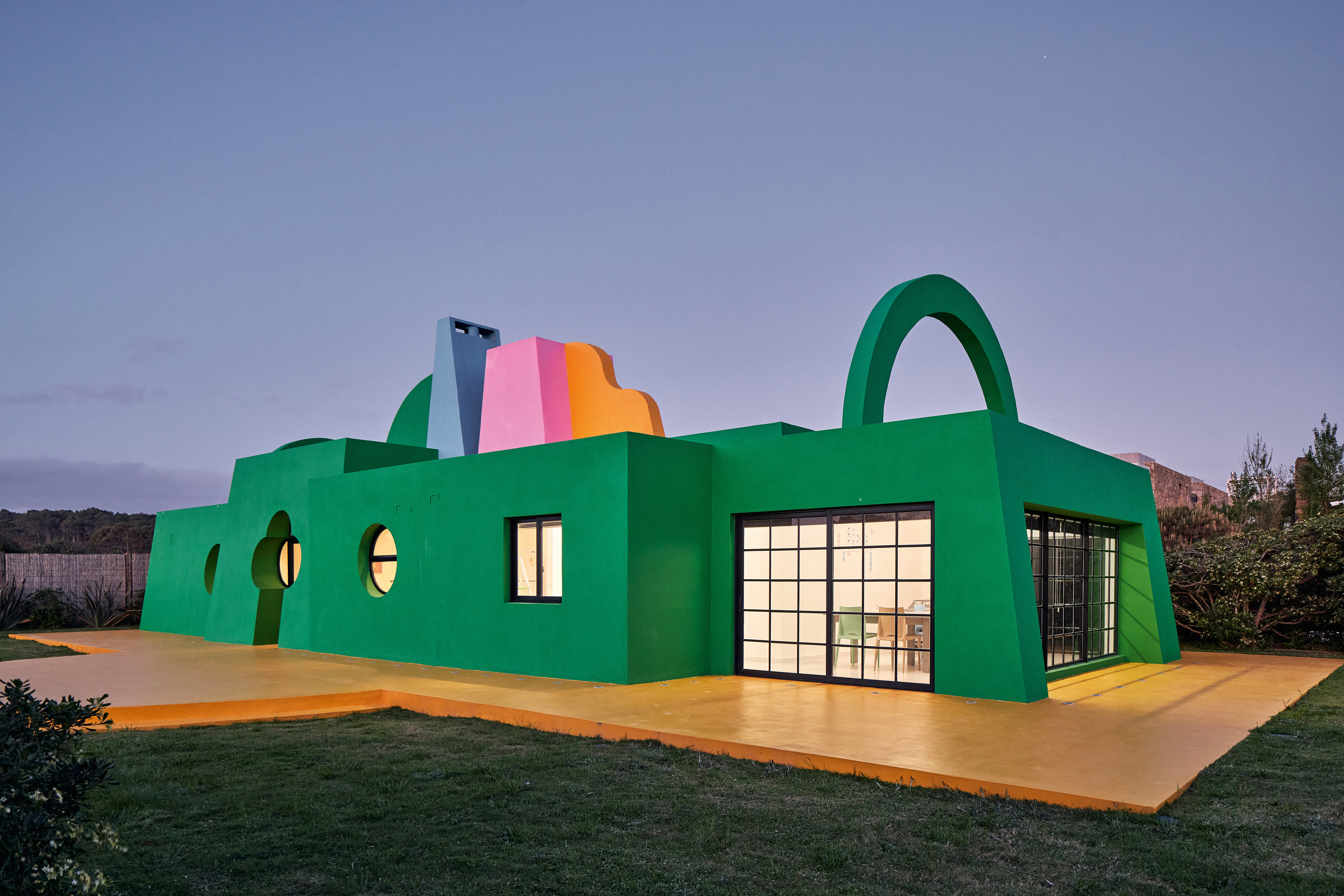 Ten contemporary homes that are pushing the boundaries of architecture
Ten contemporary homes that are pushing the boundaries of architectureA new book detailing 59 visually intriguing and technologically impressive contemporary houses shines a light on how architecture is evolving
By Anna Solomon
-
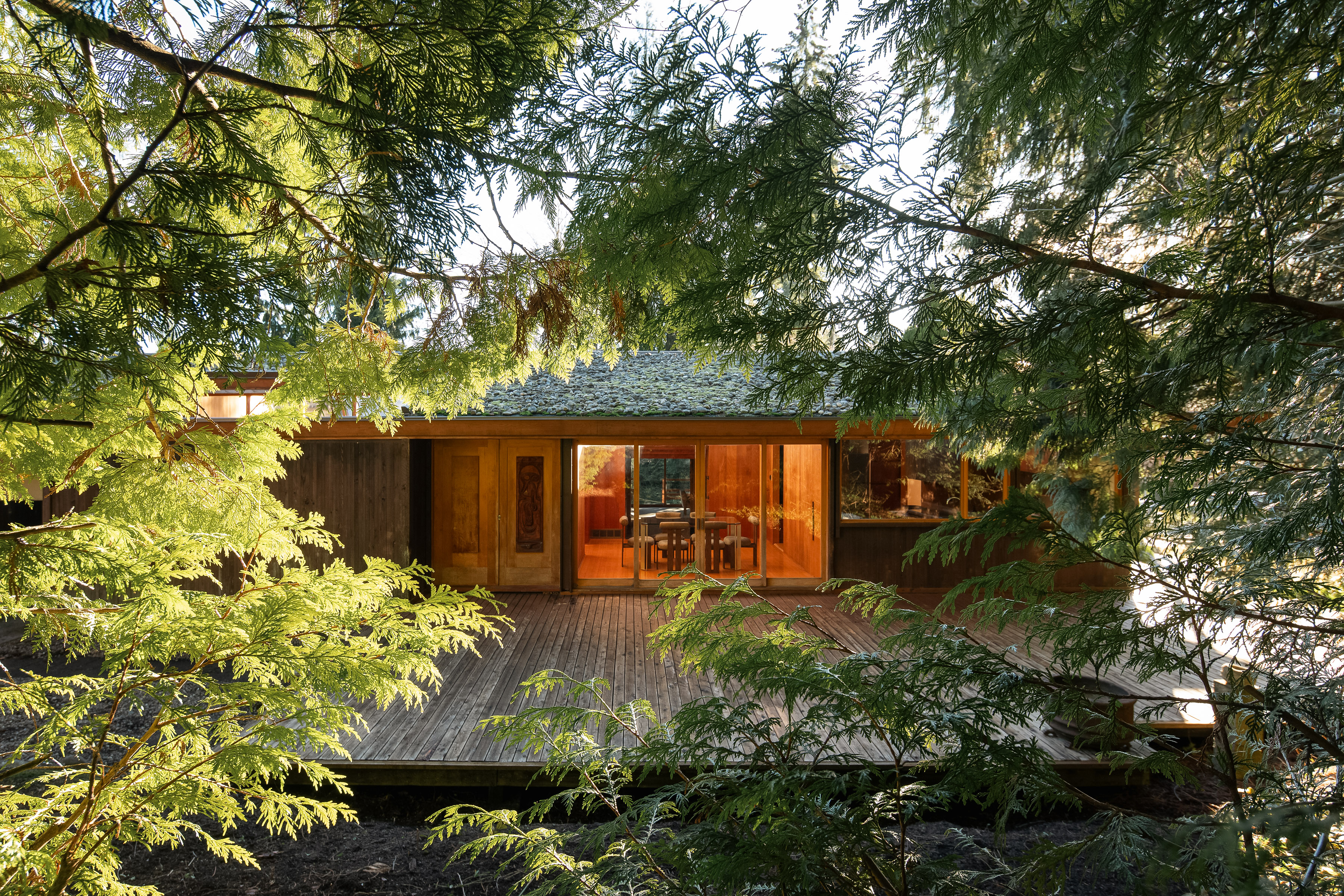 Explore the Perry Estate, a lesser-known Arthur Erickson project in Canada
Explore the Perry Estate, a lesser-known Arthur Erickson project in CanadaThe Perry estate – a residence and studio built for sculptor Frank Perry and often visited by his friend Bill Reid – is now on the market in North Vancouver
By Hadani Ditmars
-
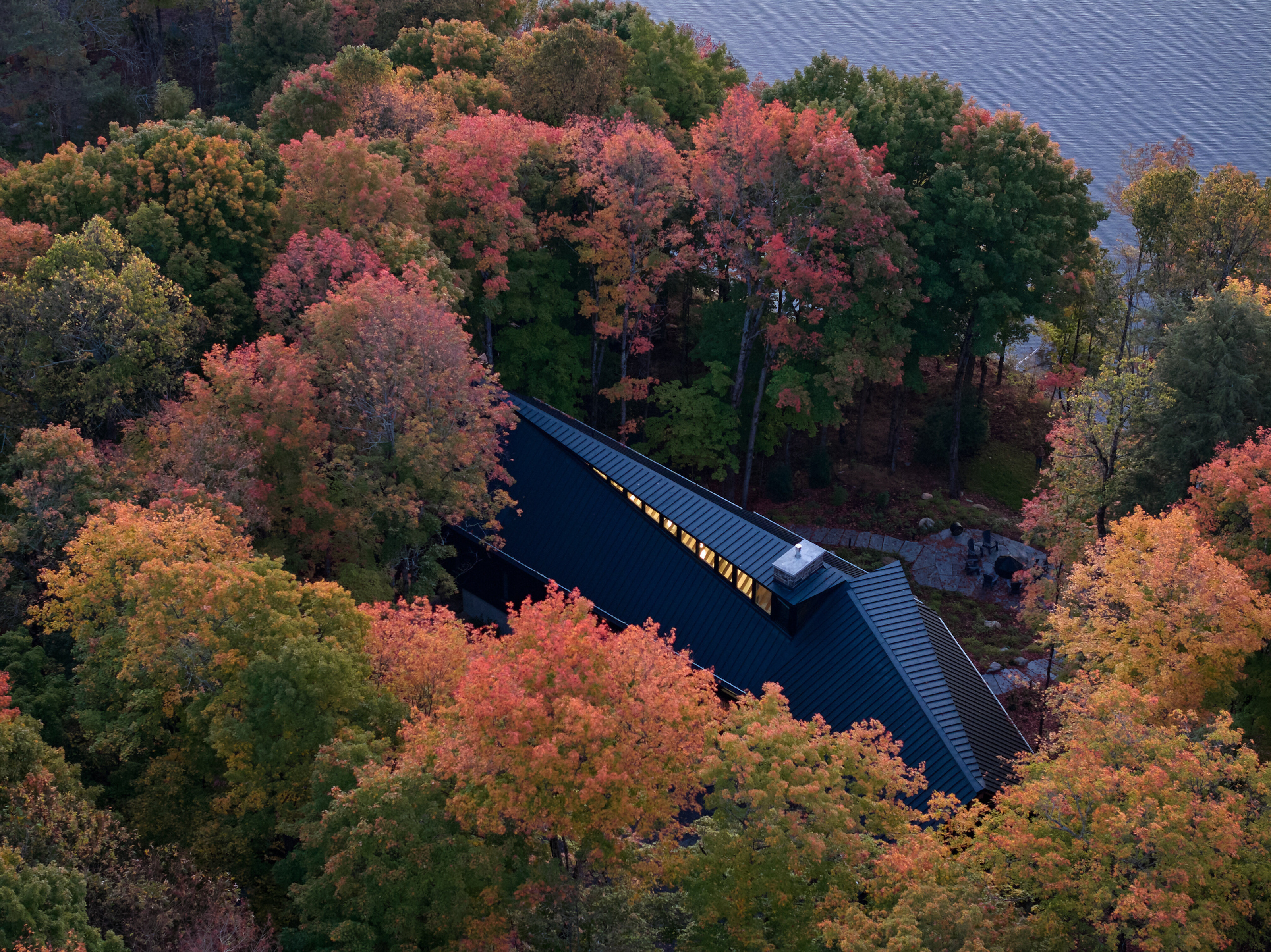 A new lakeshore cottage in Ontario is a spectacular retreat set beneath angled zinc roofs
A new lakeshore cottage in Ontario is a spectacular retreat set beneath angled zinc roofsFamily Cottage by Vokac Taylor mixes spatial gymnastics with respect for its rocky, forested waterside site
By Jonathan Bell
-
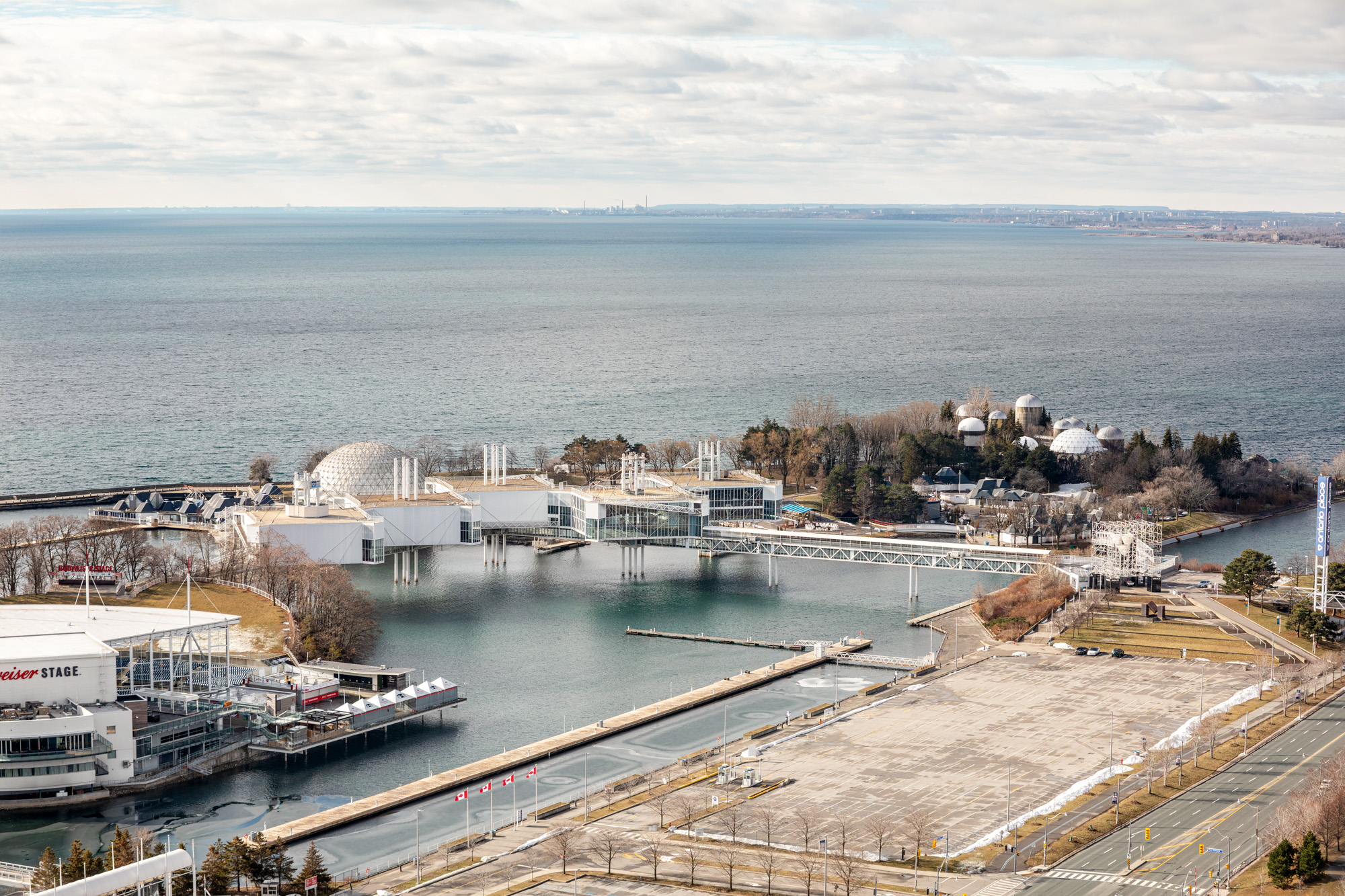 We zoom in on Ontario Place, Toronto’s lake-defying 1971 modernist showpiece
We zoom in on Ontario Place, Toronto’s lake-defying 1971 modernist showpieceWe look back at Ontario Place, Toronto’s striking 1971 showpiece and modernist marvel with an uncertain future
By Dave LeBlanc
-
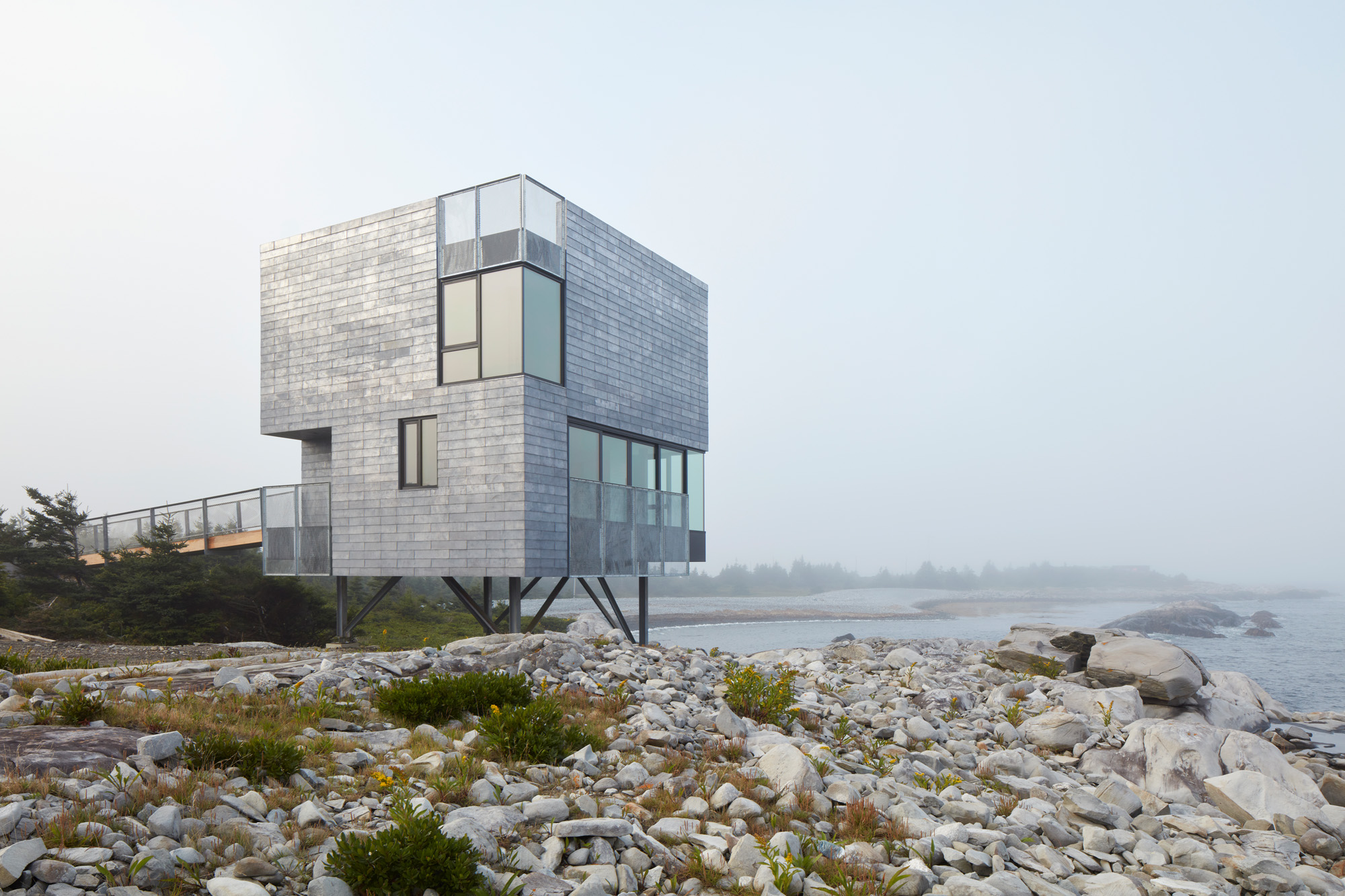 This Canadian guest house is ‘silent but with more to say’
This Canadian guest house is ‘silent but with more to say’El Aleph is a new Canadian guest house by MacKay-Lyons Sweatapple, designed for seclusion and connection with nature, and a Wallpaper* Design Awards 2025 winner
By Ellie Stathaki
-
 Wallpaper* Design Awards 2025: celebrating architectural projects that restore, rebalance and renew
Wallpaper* Design Awards 2025: celebrating architectural projects that restore, rebalance and renewAs we welcome 2025, the Wallpaper* Architecture Awards look back, and to the future, on how our attitudes change; and celebrate how nature, wellbeing and sustainability take centre stage
By Ellie Stathaki
-
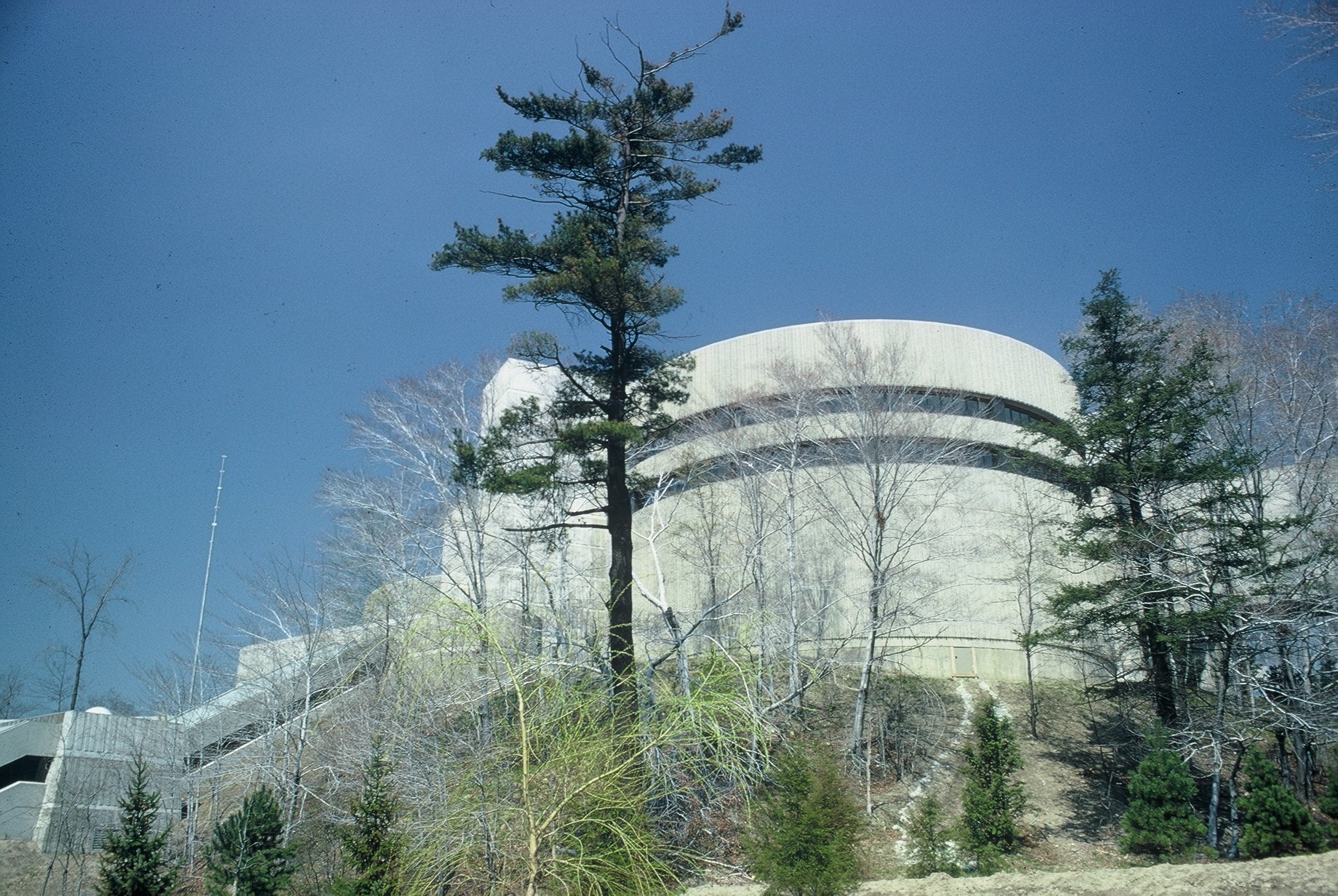 The case of the Ontario Science Centre: a 20th-century architecture classic facing an uncertain future
The case of the Ontario Science Centre: a 20th-century architecture classic facing an uncertain futureThe Ontario Science Centre by Raymond Moriyama is in danger; we look at the legacy and predicament of this 20th-century Toronto gem
By Dave LeBlanc